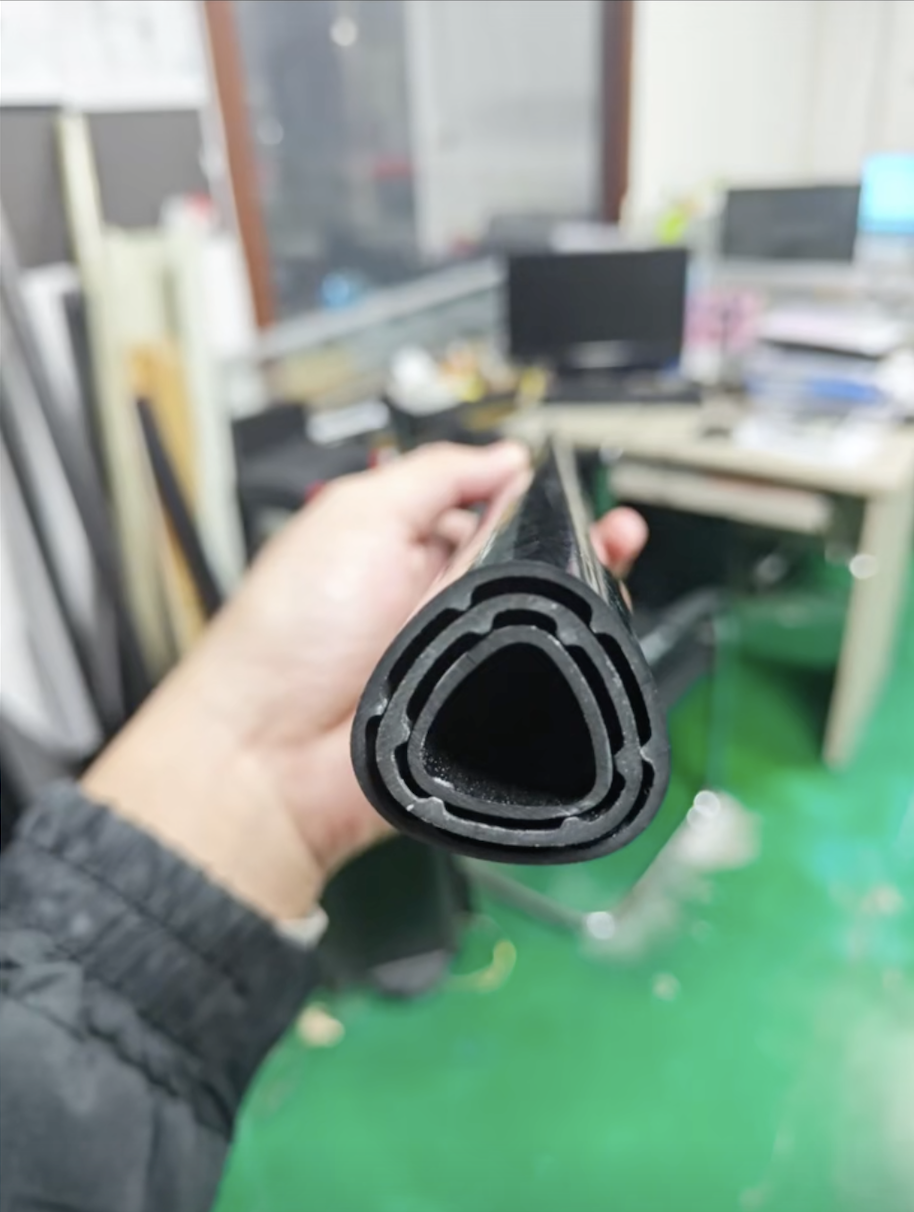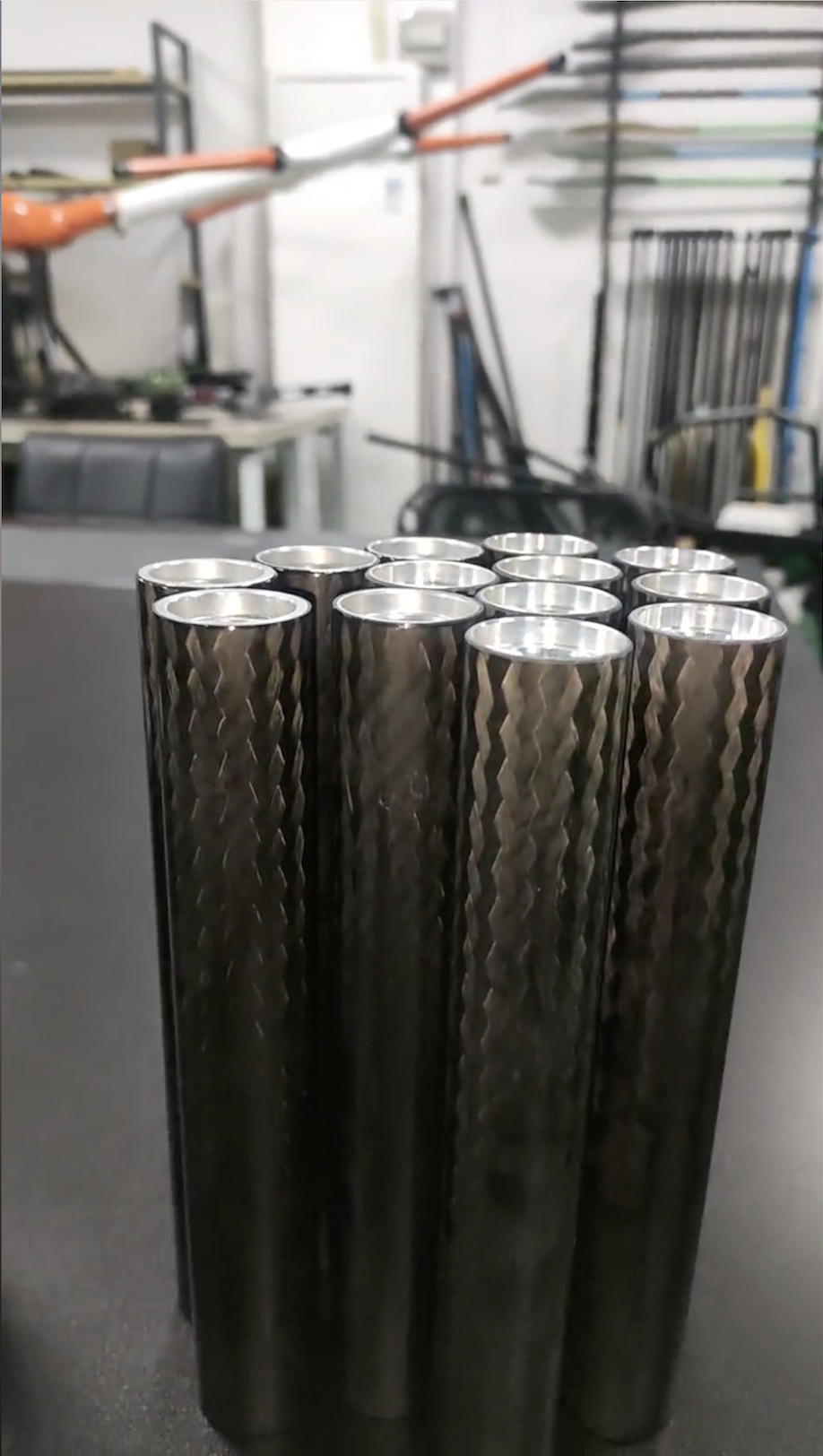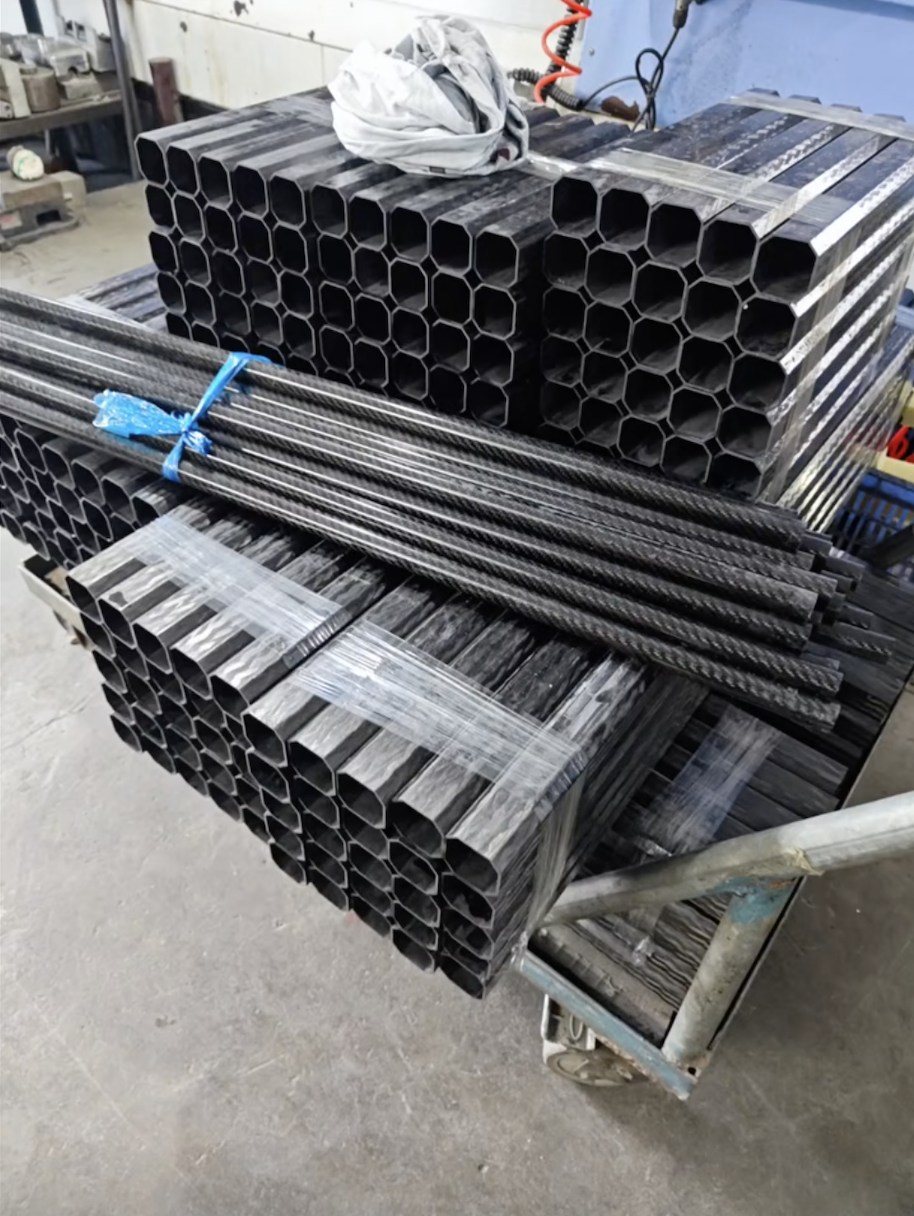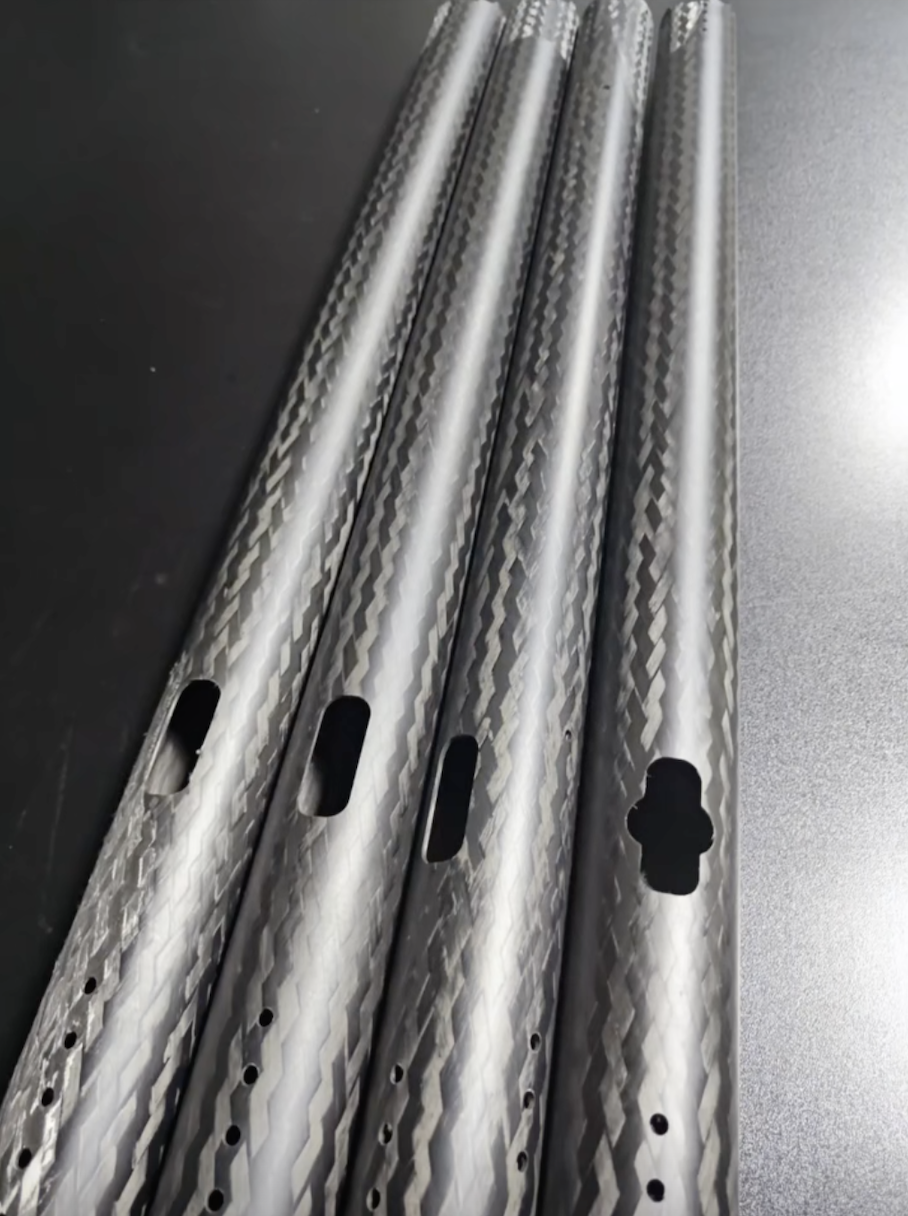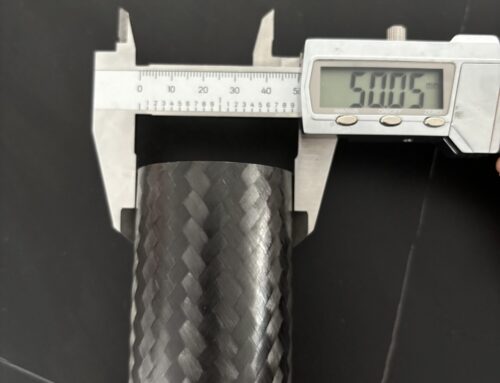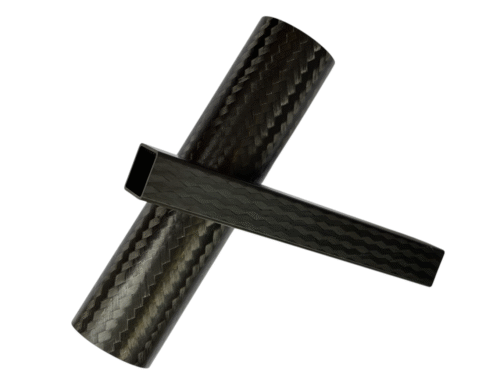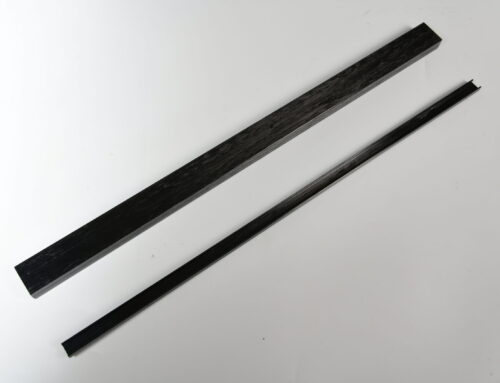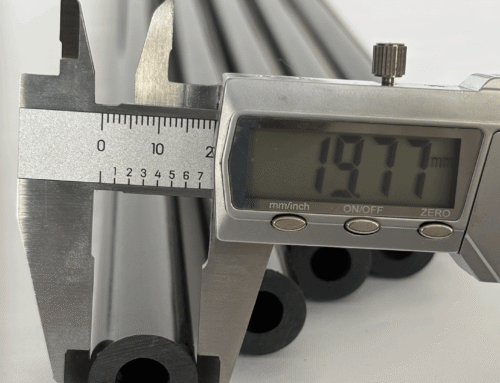Tubos Pultrudidos Reforçados Trançados: Soluções superiores em fibra de carbono
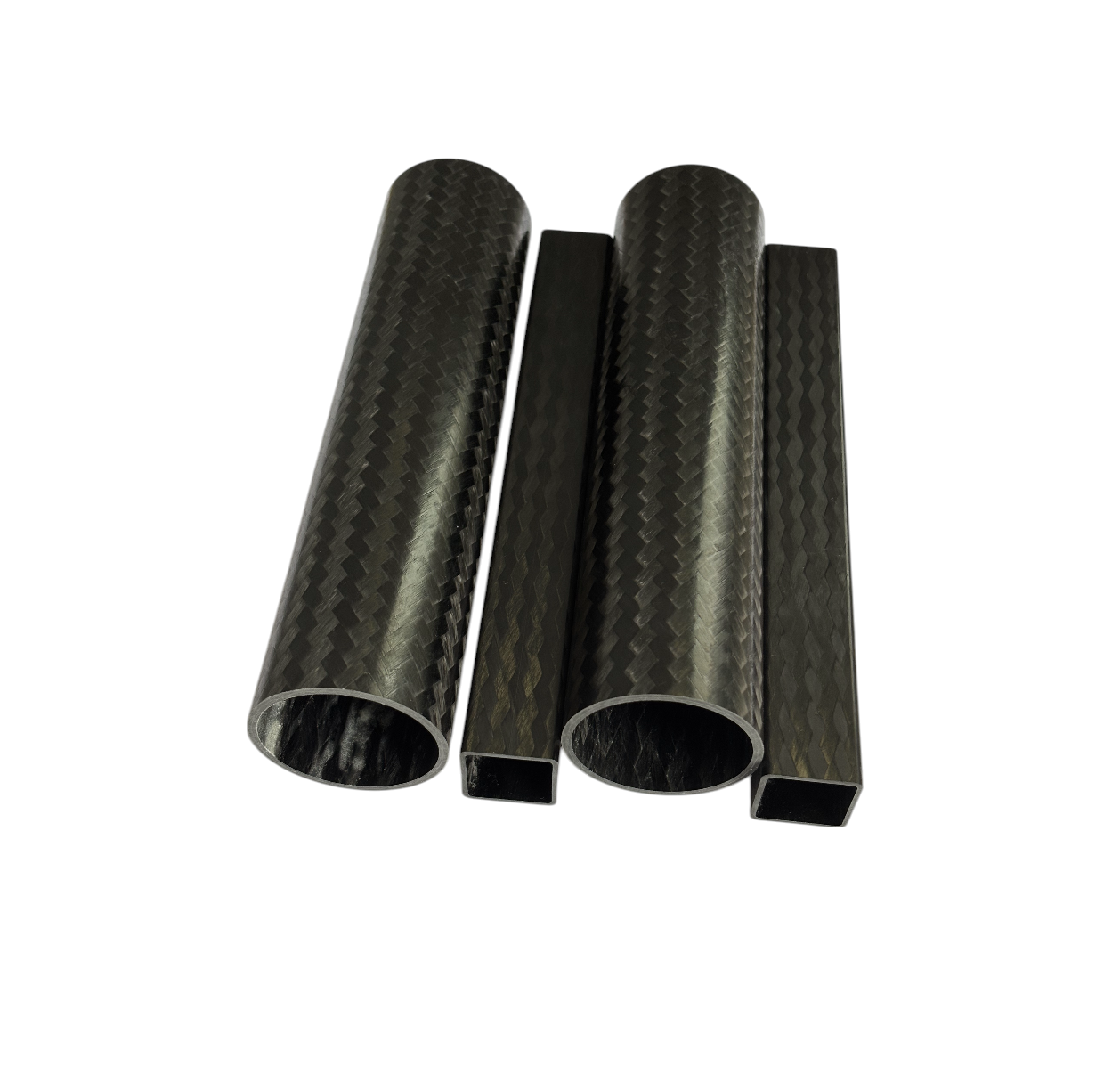
Na E-YONNG Composites, tiramos partido da tecnologia de pultrusão de ponta para fabricar tubos pultrudidos reforçados com entrançados de qualidade superior - a solução definitiva para aplicações industriais exigentes. Como uma fábrica de fibra de carbono verticalmente integrada, controlamos todas as fases de produção, desde a fibra em bruto até ao tubo composto entrançado pultrudido acabado, garantindo uma consistência de qualidade inigualável.
Porquê escolher os nossos tubos de pultrusão entrançados?
- Produção interna de fibra de carbono para um controlo superior do material
- Fabrico com certificação ISO e precisão automatizada
- Otimização da arquitetura de fibra personalizada para requisitos de carga específicos
- Protocolos rigorosos de controlo de qualidade a nível aeroespacial
Vantagens críticas em relação aos tubos unidireccionais
Tubo de pultrusão entrançado oferece benefícios transformadores em comparação com as alternativas unidireccionais tradicionais:
Superioridade estrutural
-
Reforço de 360 de entrançados entrelaçados vs. apenas resistência linear
-
45% maior resistência ao impacto devido ao alinhamento multidirecional das fibras
-
Maior tolerância aos danos com resistência à propagação de fissuras
-
Rigidez torsional superior para aplicações rotativas
Benefícios de desempenho
-
20% melhor resistência à fadiga em ambientes de carga cíclica
-
Redução do risco de delaminação nos pontos de concentração de tensões
-
Estabilidade dimensional melhorada em ciclos térmicos
-
Maior resistência ao cisalhamento para cenários de carga complexos
Tamanhos e especificações padrão
| Diâmetro exterior (mm) | Espessura da parede (mm) | Comprimentos comuns (m) |
|---|---|---|
| 5 – 25 | 1.0 – 2.5 | 0.2 – 5 |
| 26 – 50 | 2.0 – 4.0 | 0.2 – 5 |
| 51 – 100 | 3.0 – 8.0 | 0.2 – 5 |
| 101 – 200 | 5.0 – 15.0 | Personalizado |
Especificações da fibra de carbono
| Caraterísticas | T300 | T700 | T800 |
|---|---|---|---|
| Densidade (g/cm³) | 1.55 | 1.55 | 1.55 |
| Resistência à tração (MPa) | 3400 | 4900 | 5200 |
| Módulo de elasticidade (GPa) | 240 | 250 | 295 |
| Alongamento (%) | 1.78 | 1.76 | 1.7 |
Aplicações líderes na indústria
Os nossos tubos compósitos entrançados pultrudidos são excelentes em..:
- Braços robóticos que requerem uma otimização da rigidez em relação ao peso
- Equipamento de imagiologia médica que necessita de transparência EMI
- Actuadores aeroespaciais que exigem resistência à fadiga
- Isoladores de alta tensão que requerem resistência dieléctrica
- Equipamento desportivo de alto desempenho que procura amortecimento de vibrações

